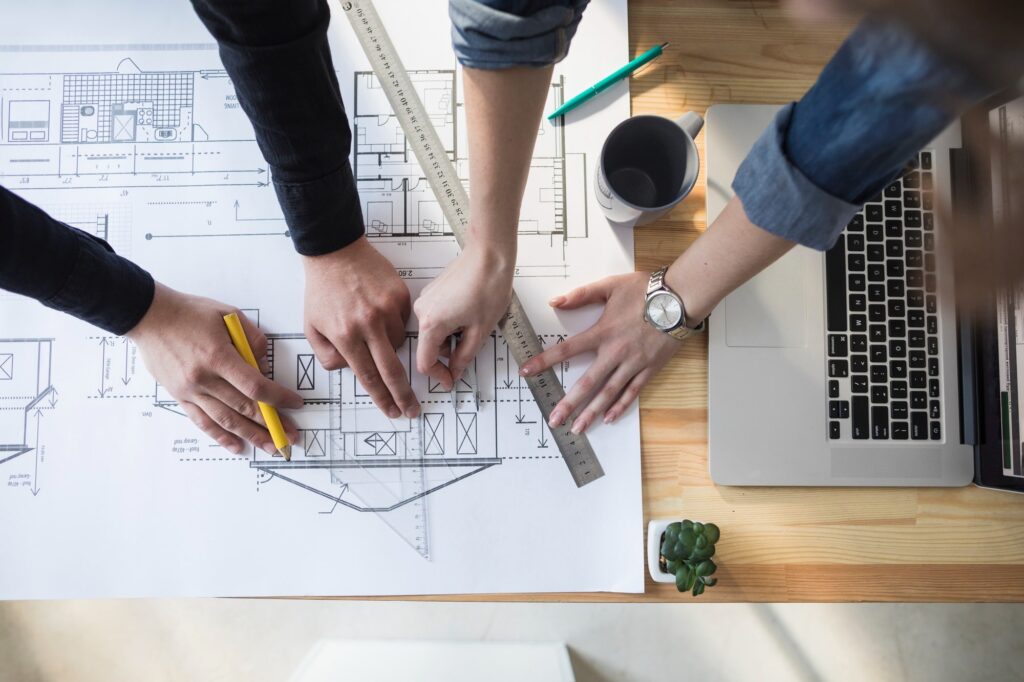
Innovative Structural Design: A Cornerstone of Construction Excellence
In the realm of construction, structural design serves as the blueprint for bringing architectural visions to life. A well-conceived and innovative structural design is not only the foundation of a safe and durable building but also a testament to a construction company’s commitment to excellence. This article delves into the significance, principles, and strategies of crafting cutting-edge structural designs that elevate construction projects to new heights.
The Importance of Structural Design in Construction Defining Structural Design:
- Structural design encompasses the planning, analysis, and optimization of building elements to ensure stability, strength, and functionality.
- It forms the backbone of a construction project, guiding the entire construction process.
Key Roles of Structural Design:
- Ensuring safety by calculating loads, forces, and stresses to prevent structural failure.
- Balancing aesthetics with practicality, optimizing space utilization, and enabling architectural creativity.
Principles of Innovative Structural Design Structural Integrity:
- Prioritize the structural integrity of designs, incorporating redundancy and load distribution for robustness.
- Utilize advanced materials and techniques to enhance resilience against various forces.
Functional Efficiency:
- Design structures that efficiently accommodate intended functions, optimizing space and flow.
- Incorporate sustainable features and energy-efficient strategies for long-term operational benefits.
Aesthetic Harmony:
- Seamlessly integrate architectural aesthetics with structural requirements.
- Strive for a balance between form and function, ensuring the design is both visually appealing and structurally sound.
Future-Proofing:
- Anticipate future needs and technological advancements, designing structures that can adapt and accommodate changes over time.
- Incorporate flexibility and modularity to facilitate modifications and expansions.
Strategies for Crafting Innovative Structural Designs Collaborative Approach:
- Foster interdisciplinary collaboration among architects, engineers, and designers to blend creativity with technical expertise.
- Ensure alignment between architectural intent and structural feasibility.
Advanced Analysis and Simulation:
- Utilize computer-aided design (CAD) and structural analysis software to model and simulate complex behaviors.
- Perform thorough simulations to validate design concepts and optimize performance.
Material Innovation:
- Explore innovative materials such as high-performance concrete, advanced steel alloys, and sustainable composites.
- Leverage materials that offer enhanced strength, durability, and eco-friendliness.
Sustainable Practices:
- Integrate sustainable design principles, such as passive cooling, natural lighting, and rainwater harvesting.
- Minimize environmental impact while maximizing occupant comfort and well-being.
Showcasing Innovative Structural Design Achievements Iconic Skyscrapers:
- Innovative structural designs that enable the construction of breathtaking skyscrapers with exceptional height and stability.
- Creative use of materials and engineering principles to withstand wind, seismic forces, and dynamic loads.
In the dynamic world of construction, innovative structural design is the cornerstone that bridges artistic expression and engineering prowess. By adhering to principles of integrity, efficiency, aesthetics, and future readiness, construction companies can create structures that transcend expectations, redefine skylines, and leave an indelible mark on the built environment. Through visionary structural design, construction companies not only build structures but also shape the future of our cities and communities.

